Crosta Calcária dos Profetas
<< Previous wine Next wine >>This project, led by António Maçanita and Madeiran restaurateur Nuno Faria, celebrates the unique potential of Portugal's Madeira islands. Maçanita is known for reviving forgotten grape varieties and winemaking techniques, including the first Negra Mole wine in the Algarve and rare varieties like Tinta Carvalha and Alicante Branco in Alentejo. His most notable achievement is the revival of Terrantez do Pico and Arinto in the Azores, transforming Azorean wines. In 2021, inspired by Porto Santo's low-growing vines, Faria challenged Maçanita to create Companhia de Vinhos dos Profetas e Villões (The Wine Company of Prophets and Villains). This project honors the islands' terroir and the playful rivalry between Madeirans ("Villões") and Porto Santans ("Profetas"). The wines embody the audacious spirit of these islands and their communities, merging Maçanita’s expertise with Porto Santo's heritage and reinforcing his commitment to revitalizing Portugal’s winemaking traditions through bold, unique wines.
WHAT MAKES THIS WINE UNIQUE?
The Crosta Calcária region, located in the northern part of Porto Santo, features compacted limestone that significantly enhances the wines' minerality. This distinctive soil imparts a unique character to the wines, evoking the essence of seashells and adding depth to their flavor profile.GRAPE:
83% Listrão and 17% Caracol. Aged between 40 to 80 years, thrive in limestone soils with a sandy loam texture.PAIRING SUGGESTIONS:
For an ideal food pairing, consider seafood dishes that highlight the saline and mineral qualities of the wine, such as grilled octopus, shellfish, or sushi. It also pairs well with rich white meats like roasted chicken or pork, as well as creamy cheeses and Mediterranean-style dishes featuring olives, tomatoes, and herbs. Its complexity and freshness can also balance spicier foods or meals with earthy flavors, making it a versatile option for a range of cuisines.VINIFICATION AND AGING:
Grapes are hand-harvested and vinified on Porto Santo, with selections made for multiple harvests from the ripest vines. They undergo direct pressing into decanting tanks, separating three fractions without SO2 until fermentation completes. This method encourages pre-oxidation and promotes spontaneous fermentation. The musts ferment on their lees in 250L and 500L stainless steel vats and 228L barrels, aging for a total of 11 months.PRODUCTION:
633 bottlesLOCATION, SOIL, CLIMATE:
Porto Santo, part of the Madeira archipelago, is situated about 435 miles west of Africa and 610 miles southwest of Lisbon. The island experiences a hot semi-arid climate with warm summers, mild winters, and high humidity. Its sandy, calcareous soils, derived from marine deposits, are rich in minerals. This unique soil and climate create ideal conditions for grapes with high acidity and concentrated flavors, defining the terroir of Porto Santo wines.TASTING NOTES:
This wine has a pale yellow color and offers an intense, saline, and mineral-driven nose, featuring notes of iodine, gunpowder, and subtle floral elements. On the palate, it presents a full-bodied and textured profile with a fresh and complex attack, combining salinity with balanced acidity. This makes it a particularly expressive wine with a long, persistent finish.ALCOHOL CONTENT:
12%UPC CODE:
5600735074038Love this wine?
We'll keep you in the loop about special edition cases, recipes to pair, winemaker events and more.


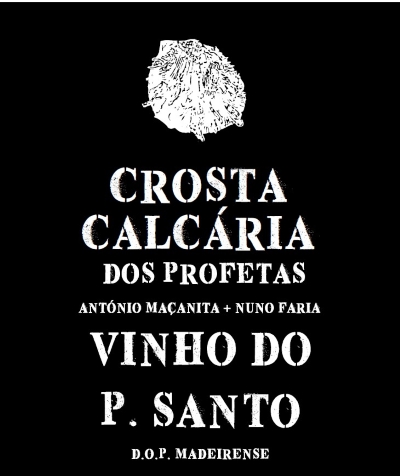
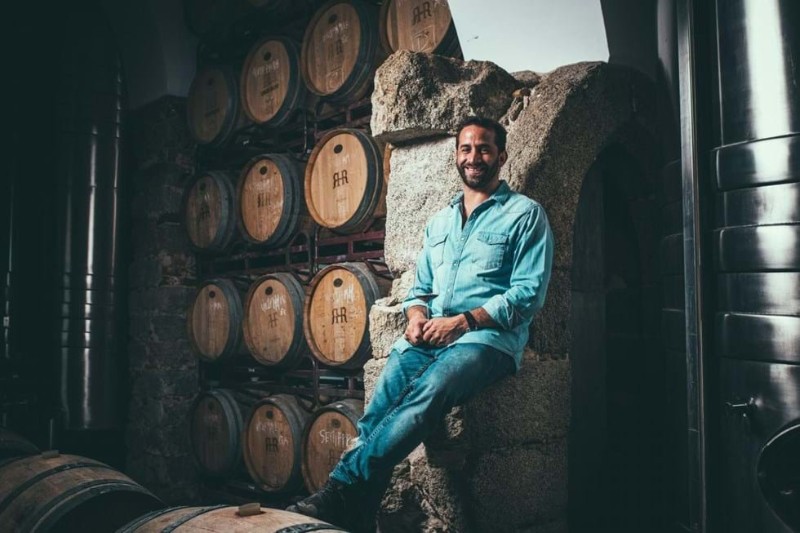

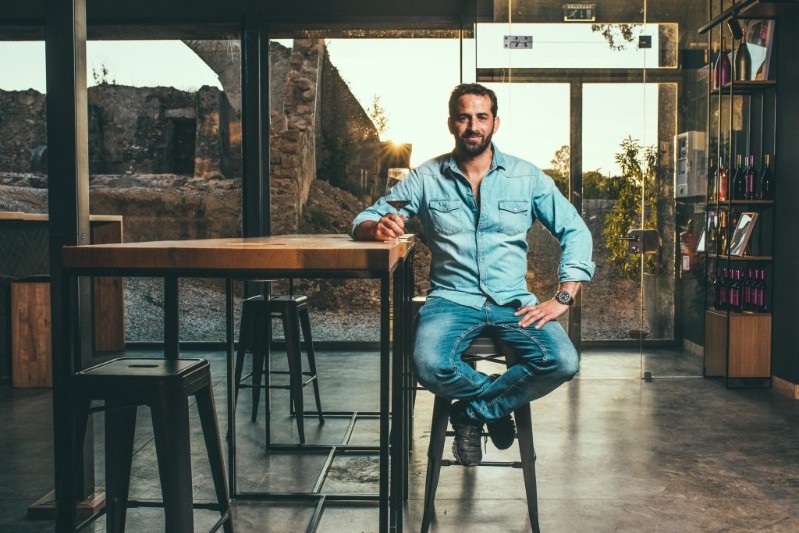
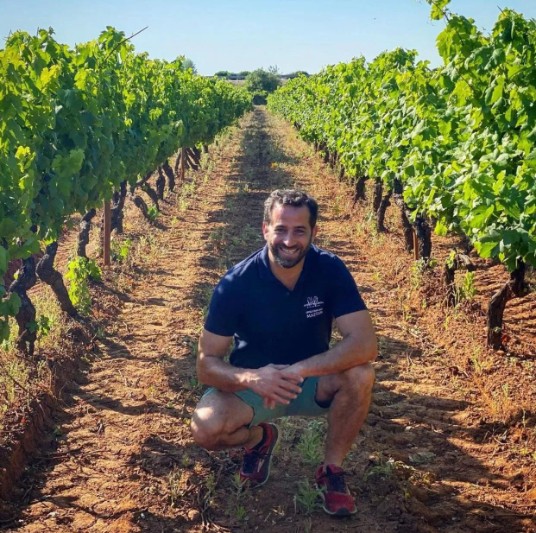
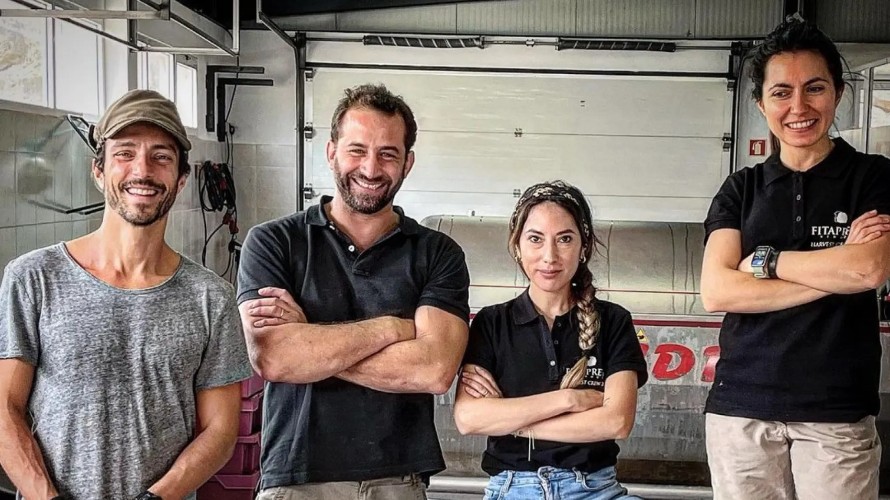
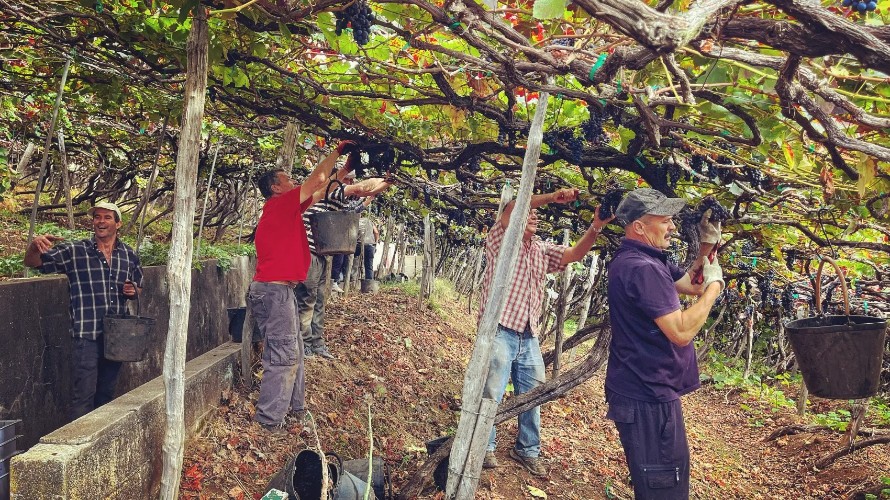
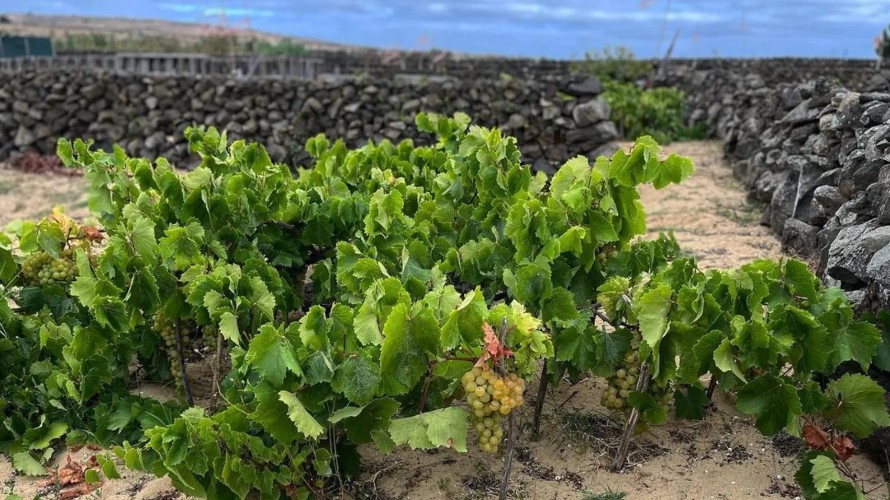
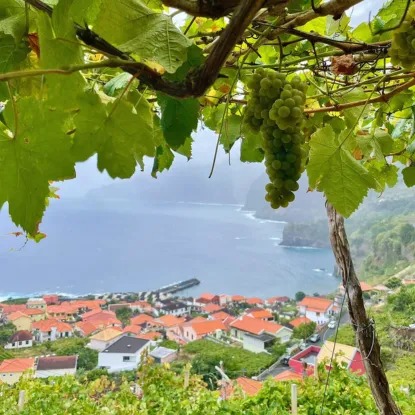

 António Maçanita Winemaker bio
António Maçanita Winemaker bio